Custom Cursor Malware That Destroyed Your Computer In 2008 And Got You Yelled At By Your Mom Moodboard
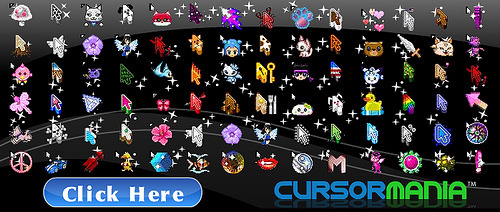

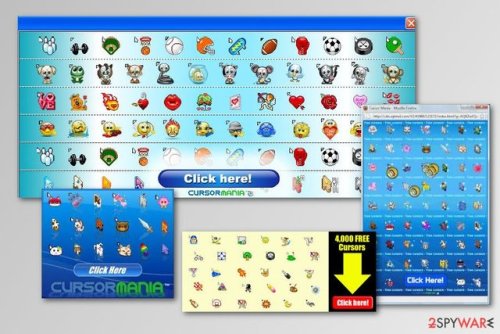


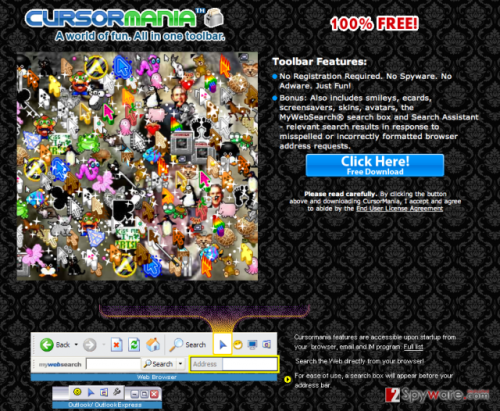
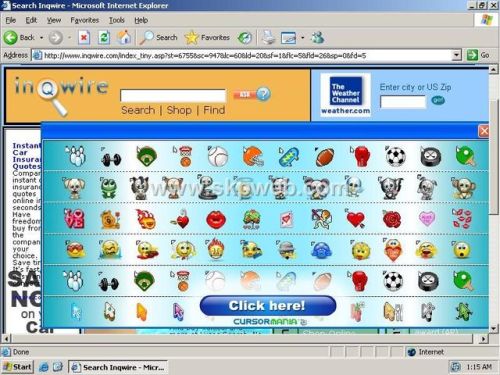

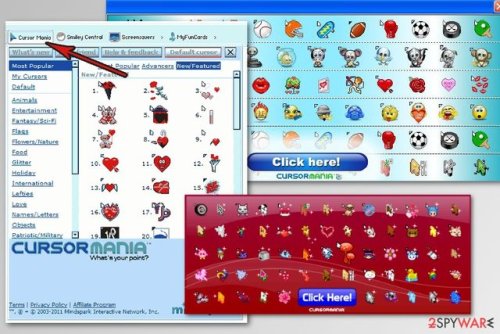
Custom cursor malware that destroyed your computer in 2008 and got you yelled at by your mom moodboard
More Posts from Tres-4b-blog and Others

signs of epilepsy to watch for

What a trillion stars look like; a sharp view of the Andromeda galaxy. From twitter @ WorldAndScience


8.10.2016 // 13/100 Days of Productivity// Now that I’m on vacation again, I finally found some time to invest into my favourite notebook. On another note, thanks for 900 followers! Have a nice day!☀️

“I felt I was an accepted team member. It was a great experience and a unique opportunity.”
Ruth Ann Strunk, a math major, was hired in 1968 at NASA’s Kennedy Space Center as an acceptance checkout equipment software engineer. She monitored the work of contractors who wrote the computer programs designed to check out the command module, lunar module and the Apollo J mission experiments. These experiments were conducted aboard the service modules on Apollo 15, 16 and 17 by the command module pilots.
“I am proud of the advancement and the number of women who are working and enjoy working here,” Strunk said. “It was a wonderful opportunity NASA afforded me during Apollo that I have been able to use ever since.”
Remember the women who made #Apollo50th possible.
Follow Women@NASA for more stories like this one, and make sure to follow us on Tumblr for your regular dose of space: http://nasa.tumblr.com.
Chris Hadfield: What I learned from going blind in space
There’s an astronaut saying: In space, “there is no problem so bad that you can’t make it worse.” So how do you deal with the complexity, the sheer pressure, of dealing with dangerous and scary situations? Retired colonel Chris Hadfield paints a vivid portrait of how to be prepared for the worst in space (and life) – and it starts with walking into a spider’s web. Watch for a special space-y performance.
-
 chi-ketsueki liked this · 3 months ago
chi-ketsueki liked this · 3 months ago -
 sofrenciando liked this · 7 months ago
sofrenciando liked this · 7 months ago -
 lem8n liked this · 11 months ago
lem8n liked this · 11 months ago -
 pixelatedpsyche liked this · 11 months ago
pixelatedpsyche liked this · 11 months ago -
 poziskm reblogged this · 1 year ago
poziskm reblogged this · 1 year ago -
 236800954213315784 reblogged this · 1 year ago
236800954213315784 reblogged this · 1 year ago -
 dreamysinn reblogged this · 1 year ago
dreamysinn reblogged this · 1 year ago -
 dreamysinn liked this · 1 year ago
dreamysinn liked this · 1 year ago -
 vampinkre liked this · 1 year ago
vampinkre liked this · 1 year ago -
 heart-cave liked this · 1 year ago
heart-cave liked this · 1 year ago -
 angelpyo reblogged this · 1 year ago
angelpyo reblogged this · 1 year ago -
 sillybugcore liked this · 1 year ago
sillybugcore liked this · 1 year ago -
 memories-of-better-days reblogged this · 1 year ago
memories-of-better-days reblogged this · 1 year ago -
 bbgrl2000 reblogged this · 1 year ago
bbgrl2000 reblogged this · 1 year ago -
 awstens-vagina liked this · 1 year ago
awstens-vagina liked this · 1 year ago -
 y2k-reveries reblogged this · 2 years ago
y2k-reveries reblogged this · 2 years ago -
 dejikonyo reblogged this · 2 years ago
dejikonyo reblogged this · 2 years ago -
 gurocure liked this · 2 years ago
gurocure liked this · 2 years ago -
 brhj liked this · 2 years ago
brhj liked this · 2 years ago -
 ricchan reblogged this · 2 years ago
ricchan reblogged this · 2 years ago -
 me-her-and-la-lune reblogged this · 2 years ago
me-her-and-la-lune reblogged this · 2 years ago -
 lonepuddingcup-moved reblogged this · 2 years ago
lonepuddingcup-moved reblogged this · 2 years ago -
 pikslasrce liked this · 2 years ago
pikslasrce liked this · 2 years ago -
 gatored reblogged this · 2 years ago
gatored reblogged this · 2 years ago -
 gatored liked this · 2 years ago
gatored liked this · 2 years ago -
 stabaton reblogged this · 2 years ago
stabaton reblogged this · 2 years ago -
 slug-sweat reblogged this · 2 years ago
slug-sweat reblogged this · 2 years ago -
 matre-dee liked this · 2 years ago
matre-dee liked this · 2 years ago -
 queenvsbarton reblogged this · 2 years ago
queenvsbarton reblogged this · 2 years ago -
 beththebubbly reblogged this · 2 years ago
beththebubbly reblogged this · 2 years ago -
 beththebubbly liked this · 2 years ago
beththebubbly liked this · 2 years ago -
 that-windy-place-tho reblogged this · 2 years ago
that-windy-place-tho reblogged this · 2 years ago -
 sidetable-drawer reblogged this · 2 years ago
sidetable-drawer reblogged this · 2 years ago -
 sidetable-drawer liked this · 2 years ago
sidetable-drawer liked this · 2 years ago -
 maybetheyregiants reblogged this · 2 years ago
maybetheyregiants reblogged this · 2 years ago -
 maybetheyregiants liked this · 2 years ago
maybetheyregiants liked this · 2 years ago -
 killkirby04 reblogged this · 2 years ago
killkirby04 reblogged this · 2 years ago -
 chewtoy2004 liked this · 2 years ago
chewtoy2004 liked this · 2 years ago -
 dirtpudding reblogged this · 2 years ago
dirtpudding reblogged this · 2 years ago -
 sagrad0 liked this · 2 years ago
sagrad0 liked this · 2 years ago -
 manwhorez liked this · 2 years ago
manwhorez liked this · 2 years ago -
 tini-angelb0y-loves-u liked this · 2 years ago
tini-angelb0y-loves-u liked this · 2 years ago -
 taraom liked this · 2 years ago
taraom liked this · 2 years ago



